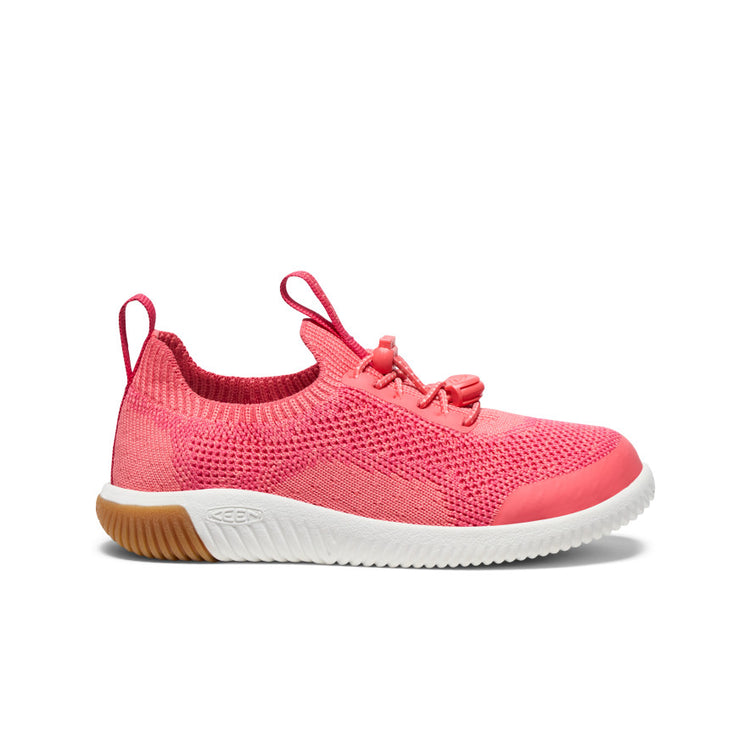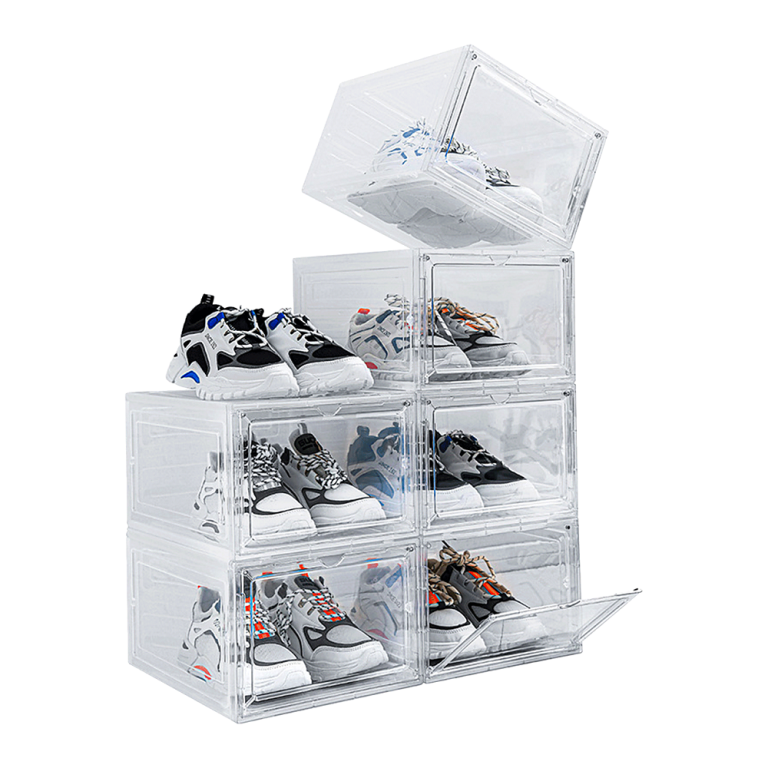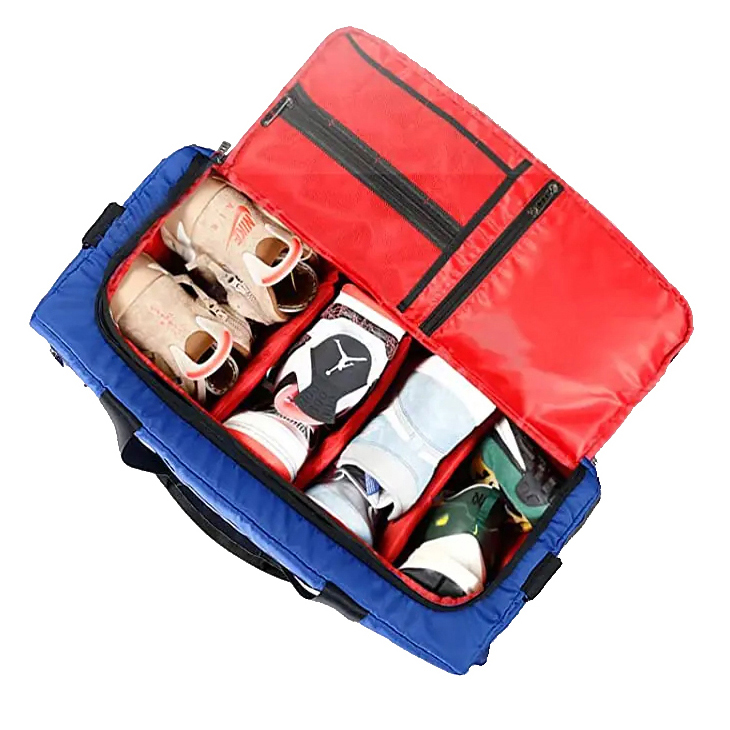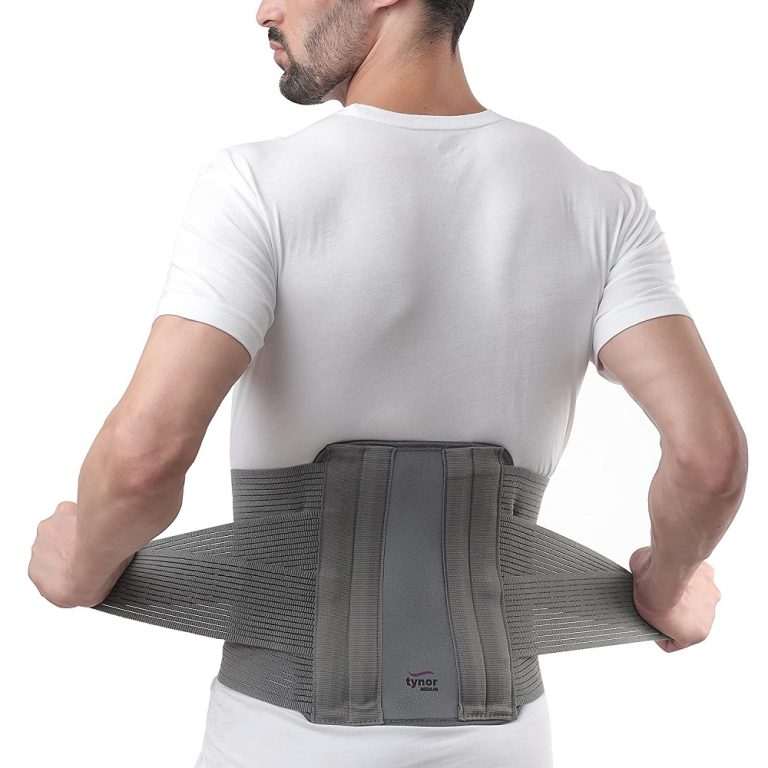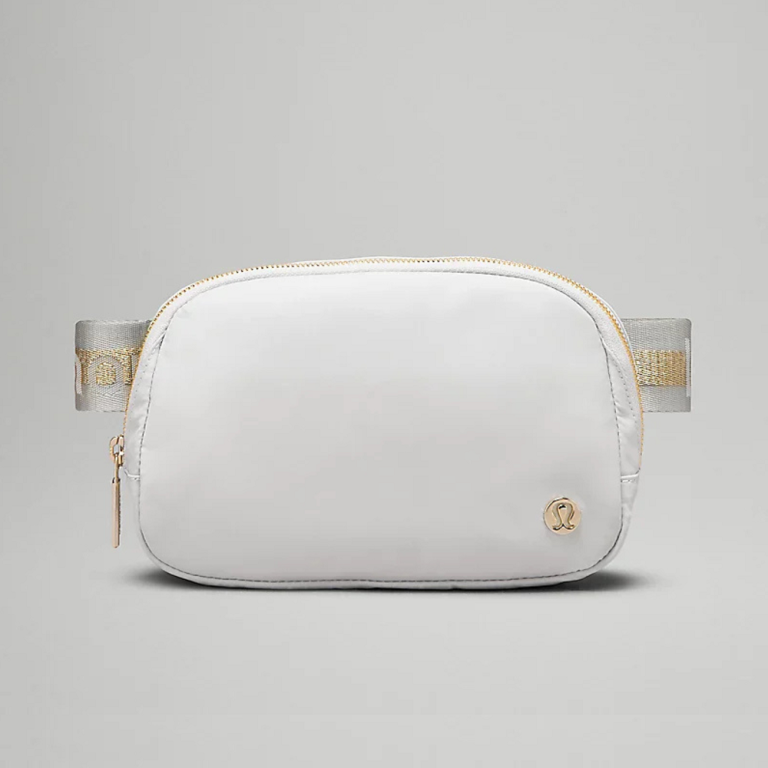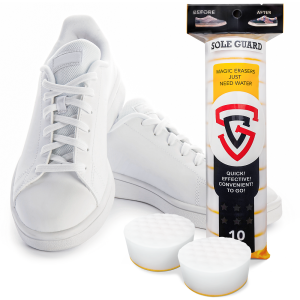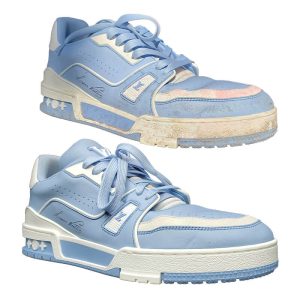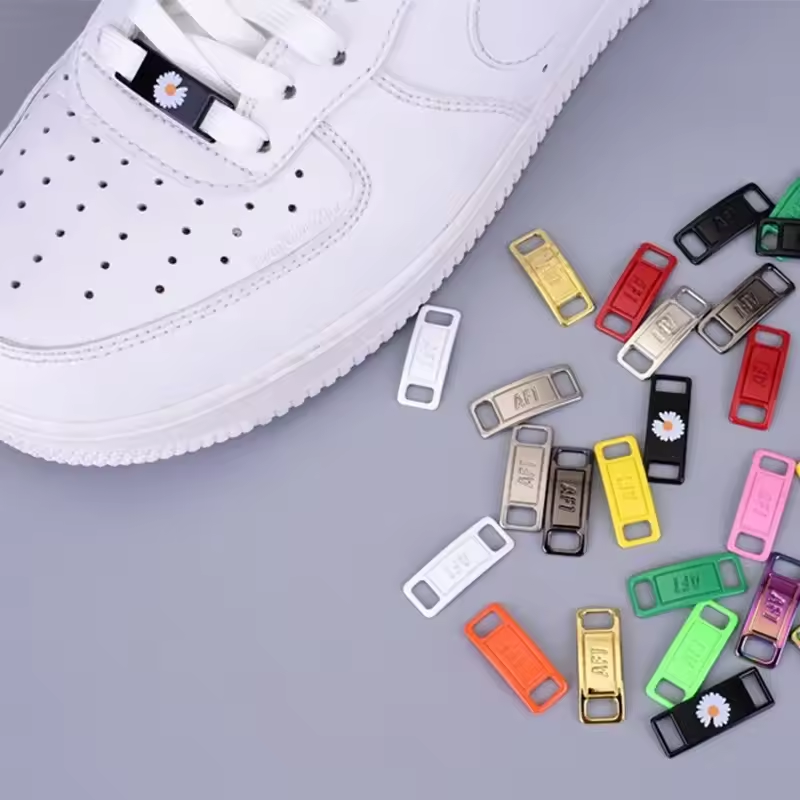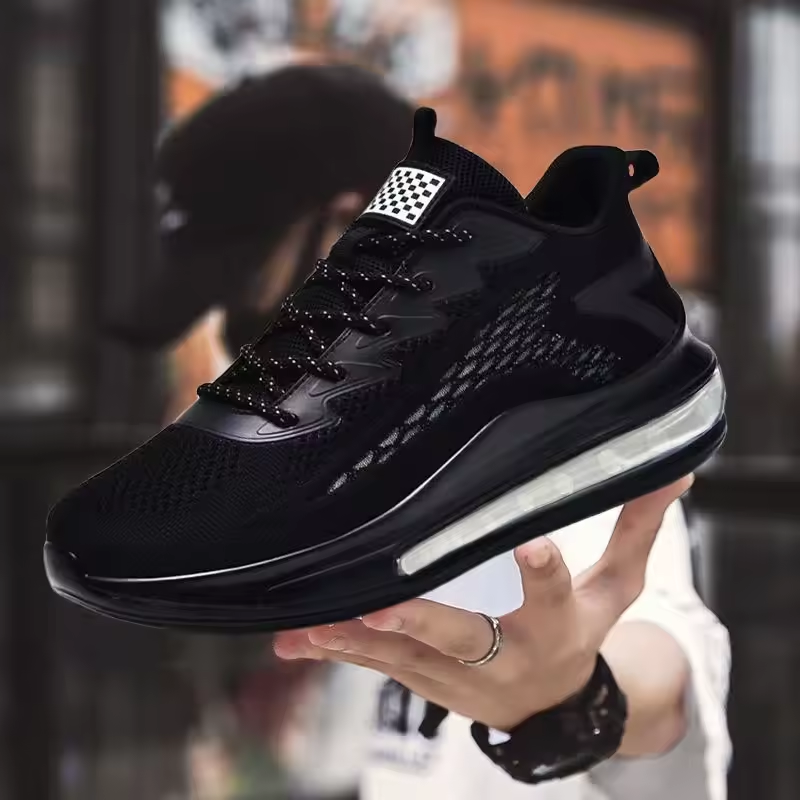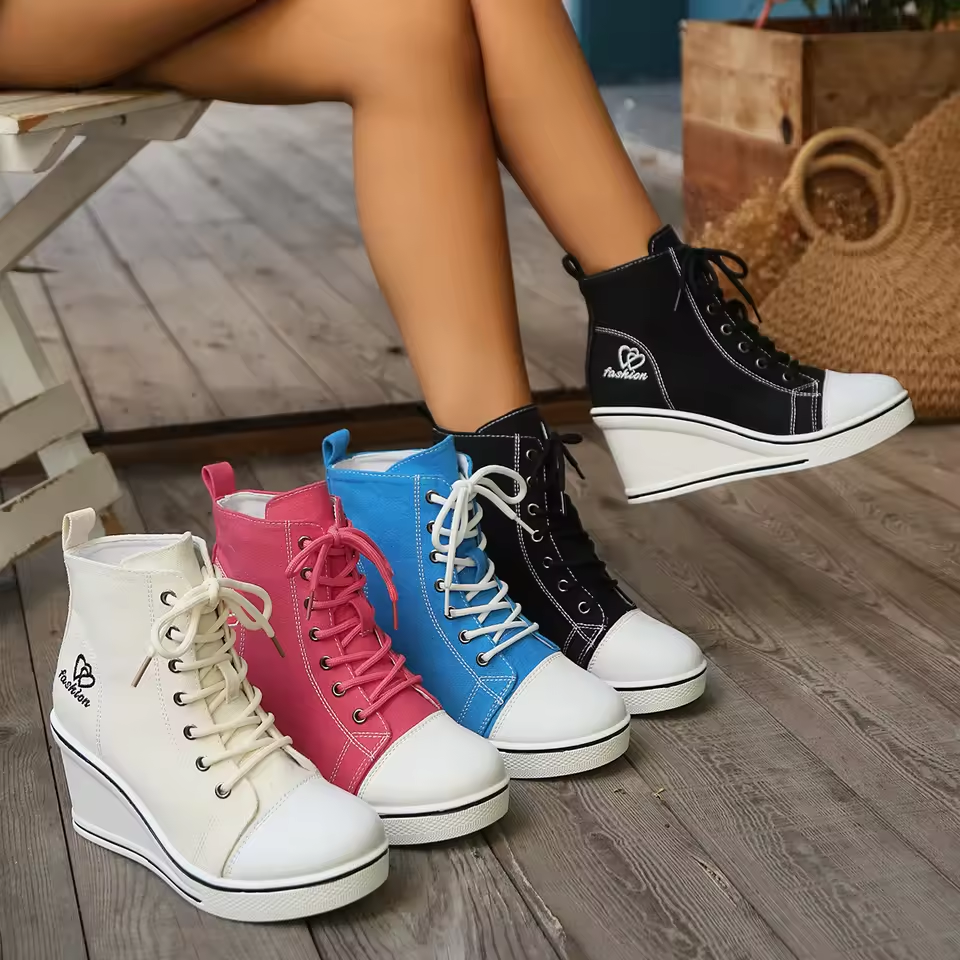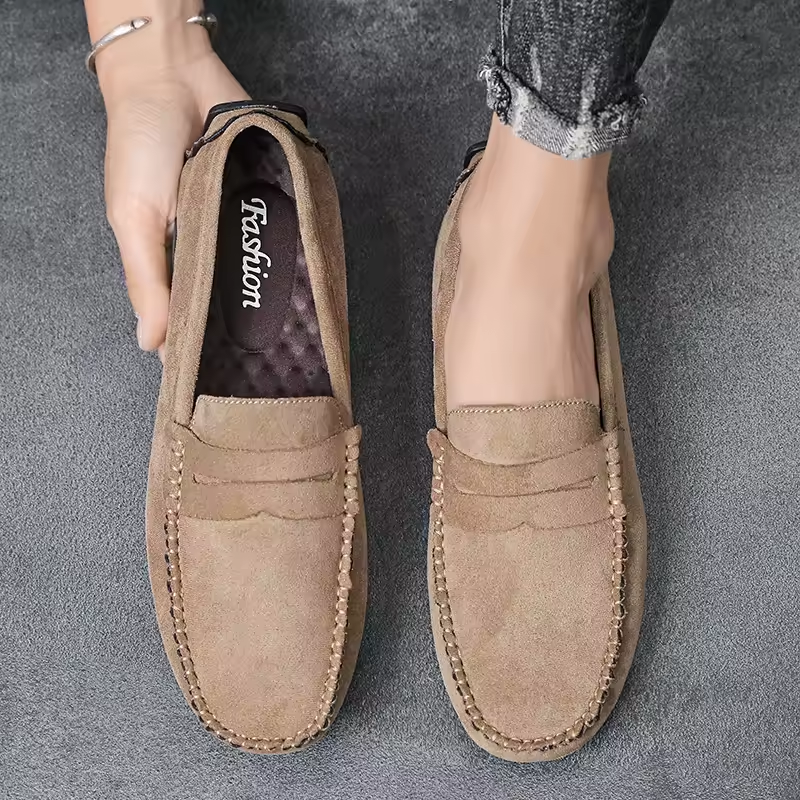Choosing the right sneakers for children is essential for their comfort and development. Kids are constantly on the move, and their growing feet require proper support and fit. Wearing poorly fitting shoes can lead to discomfort and foot problems. This article will guide parents through the process of selecting the right kids sneaker, emphasizing the importance of fit, material, and style.
Understanding the Importance of Fit
The Impact of Proper Fit
The fit of a sneaker is crucial not only for comfort but also for healthy foot development. A poorly fitting shoe can cause blisters, calluses, or more serious foot conditions like plantar fasciitis. Children’s feet can change rapidly, often growing a full shoe size within months. Therefore, paying attention to fit is vital for ensuring that shoes remain comfortable.
Wearing sneakers that are too tight can restrict movement and lead to discomfort. On the other hand, shoes that are too loose can cause instability while walking or running. This instability may result in injuries as children play and explore their surroundings. Ensuring proper fit will significantly enhance their overall experience.
Foot Measurement Techniques
To achieve the best fit, regularly measuring your child’s feet is essential. Expert recommendations suggest taking measurements at least every six months. This is especially true for kids aged three to ten years, as they experience rapid growth.
To measure their feet accurately, have your child stand with their weight evenly distributed on both feet. Use a ruler or measuring tape to find the length from the heel to the tip of the longest toe. Measure both feet, as children’s feet often differ slightly in size. Whichever measurement is larger should be used when selecting kids sneaker.
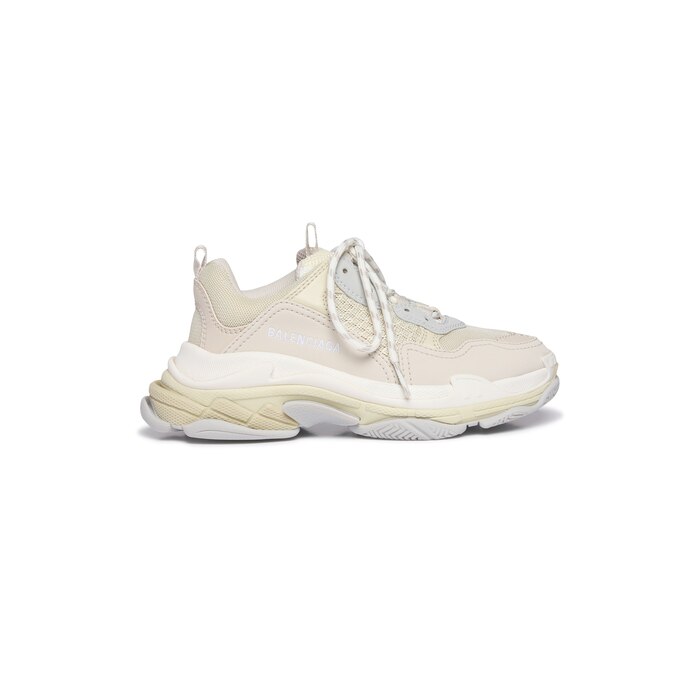
Choosing the Right Size
Shoe Sizing Systems
Shoe sizes can differ widely among brands and styles, making the selection process daunting. Familiarizing yourself with different sizing systems can help narrow down your options. In North America, children’s sizes are typically measured in whole and half sizes, while other regions may use European or UK sizing.
When shopping, always refer to the brand’s sizing chart. Measuring against these charts can help find the right size for your child. Remember that each brand may have slight variations in fit, so it is advisable to try sneakers on whenever possible.
Trying on Sneakers
When trying on sneakers, it’s essential to ensure that there is a proper fit. Have your child wear the type of socks they would typically wear with the shoes. When the sneakers are on, check that there is about a thumb’s width of space between the end of the shoe and the longest toe. This allows for growth and comfort.
Encourage your child to walk around the store to assess how the sneakers feel. They should be able to move their toes freely without feelings of pinching or pressure. Observe if their heels remain in place without slipping while they walk. Proper movement is crucial in determining fit.

Assessing Shoe Construction and Material
Importance of Quality Materials
The materials used in sneakers are vital for both comfort and durability. Quality kids sneaker often feature breathable fabrics that allow airflow while still providing the necessary support. Materials like mesh, leather, and synthetic fibers are commonly used in kids sneaker.
Breathable materials help prevent excess moisture buildup while your child is active. This helps keep feet dry and comfortable, reducing the risk of blisters and fungal infections. A well-constructed sneaker will use padding in areas like the collar and tongue to enhance comfort.
Shoe Flexibility and Support
When choosing kids sneaker, consider the shoe’s flexibility. It should bend easily at the ball of the foot while providing enough support for the arch and heel. A flexible shoe allows kids to run, jump, and play freely without feeling restricted. However, it should not be so flexible that it loses structural integrity.
Additionally, good arch support is essential for growing feet. Sneakers with proper arch support help maintain foot alignment and reduce fatigue. Ensure that the shoe’s insole offers adequate cushioning while adapting to your child’s feet.
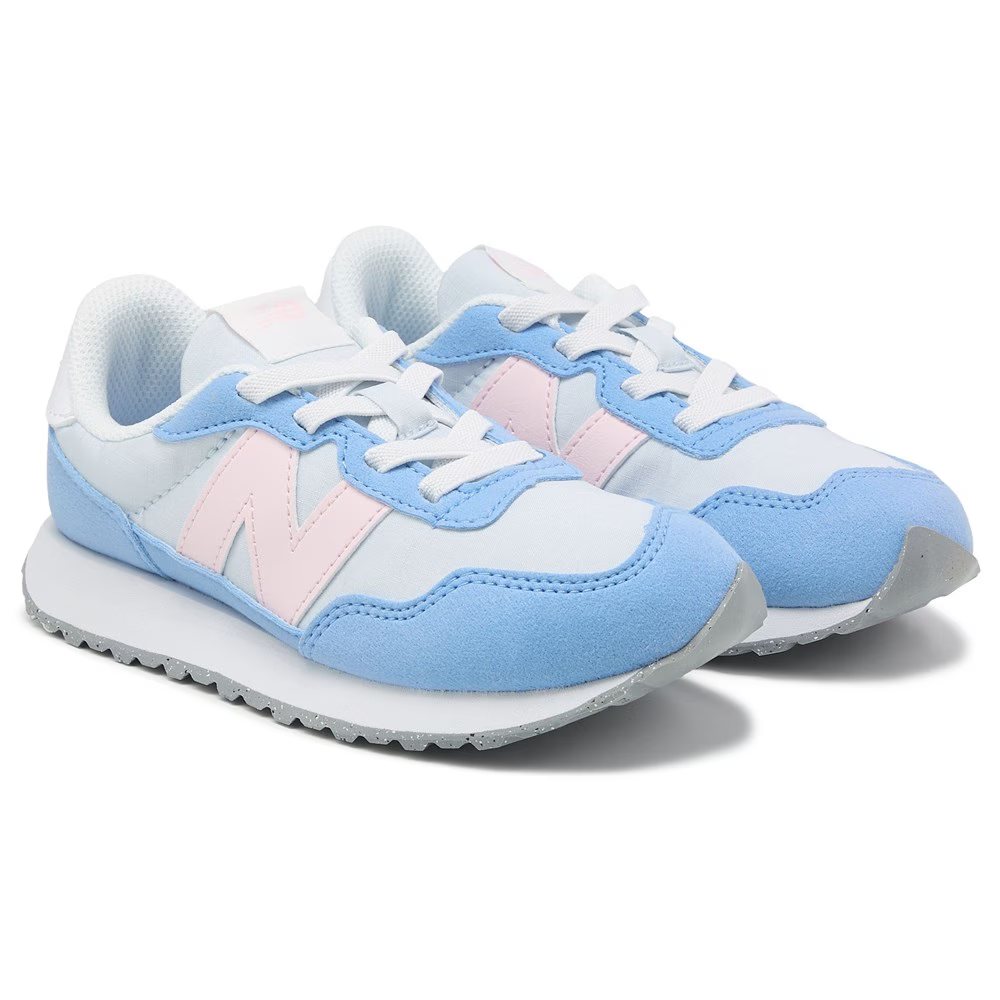
Design and Style Preferences
Engaging Their Interest
Children often have strong preferences regarding their shoe styles. Allowing them to be involved in the decision-making process can enhance their excitement about their new sneakers. This engagement can also aid in ensuring they wear the shoes regularly, which promotes healthy foot development.
When considering styles, look for shoes that reflect your child’s personality. Whether they prefer bright colors, fun patterns, or classic styles, options abound in the sneaker market. Brands like Nike, Adidas, and Skechers offer a plethora of choices designed for active kids while prioritizing comfort and support.
Balancing Functionality and Style
While style is important, it should not override the need for functionality. Select kids sneakerthat strike a balance between aesthetics and practicality. Look for features that align with your child’s daily activities; for instance, sneakers designed for running may differ from those meant for casual wear.
Also, consider the ease of putting on and taking off the shoes. Sneakers with laces allow for a customizable fit, while slip-on styles may offer convenience for younger children. Opt for options that meet your child’s needs while maintaining a stylish appearance.
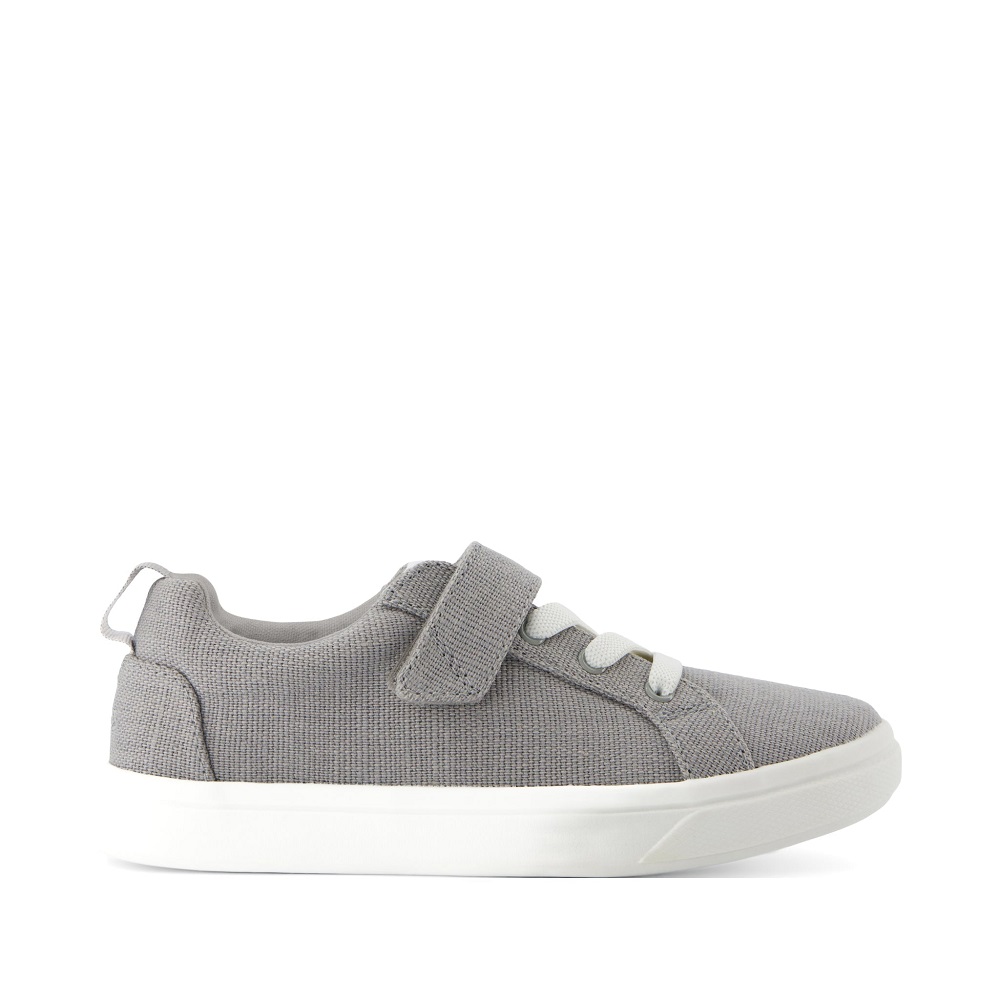
Considering Activity Level and Usage
Tailoring Choices to Activity
Children lead active lives, so consider how often they will wear their sneakers and for what activities. Whether for playtime, sports, or daily wear, it is crucial to choose shoes built for each purpose. Athletic sneakers specifically designed for running, basketball, or soccer will provide the support needed for those activities.
For everyday wear, look for comfortable designs made from durable materials that can withstand the rigors of play. If your child participates in organized sports, select shoes tailored for that specific activity. Sports-specific shoes provide the required support and structure.
Seasonal Considerations
Seasons can also dictate the choice of shoes. If your child plays sports year-round, consider investing in both seasonal footwear and all-year options. Sneakers designed for summer activities typically feature breathable materials, while winter shoes may prioritize warmth and water resistance.
Understanding the climate your child is active in will guide you in making suitable choices for their sneakers. Make sure to be aware of the transition between seasons, so your child has the appropriate footwear ready when needed.
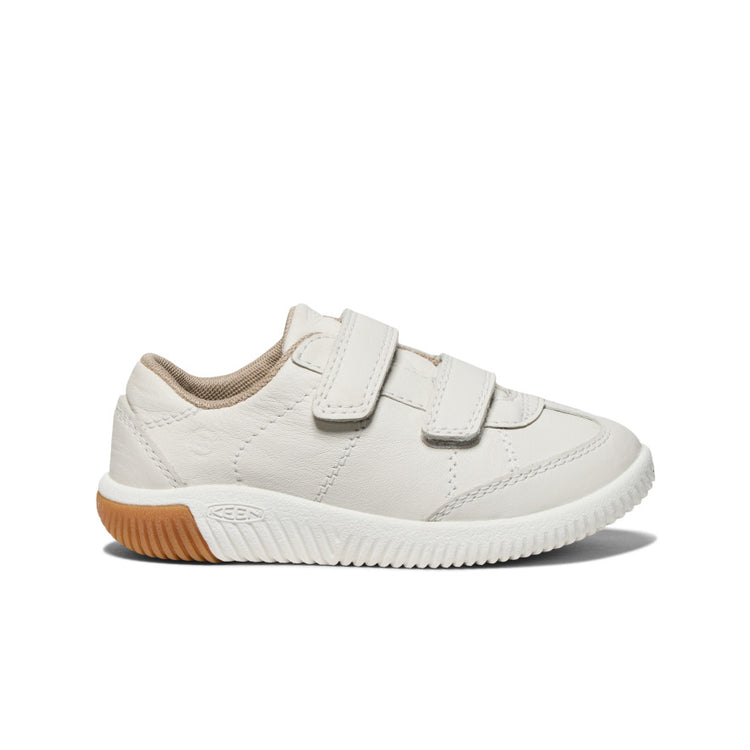
Maintaining Sneaker Longevity
Proper Care Techniques
Once you have chosen the right sneakers for your child, maintaining them is crucial for maximizing their lifespan. Regular cleaning can keep shoes looking new while extending their wearability. Remove dirt and debris after each use, and allow shoes to air out to prevent moisture buildup.
Parents should check the soles for wear and tear. If shoes show signs of excessive wear, it might be time to replace them for safety reasons. Regularly inspect the lacing and stitching to prevent any potential issues that may arise from loose components.
Storing Sneakers Wisely
Proper storage also plays a role in extending the lifespan of children’s sneakers. Encourage your child to store their shoes in a cool and dry place, away from direct sunlight. Avoid piling shoes on top of each other to maintain their shape and prevent damage.
For special occasions or less frequent use, consider keeping shoes in their original packaging or a dedicated shoe box. This storage method helps prevent dust accumulation and preserves the integrity of the sneakers.
Being Prepared for Growth Spurts
Recognizing Growth Patterns
Children’s feet grow rapidly, and it can feel challenging to keep up with their changing sizes. Recognizing the signs of growth spurts can help you stay proactive. Watch for signs like discomfort when wearing current shoes or an increased tendency to bump their toes against the front of the shoes.
If uncertain, it is a good idea to measure your child’s feet every few months. Observing how often they need new shoes will help you budget and plan for upcoming purchases.
Planning for Future Needs
Being prepared for growth involves planning and budgeting. It may be wise to purchase shoes slightly larger than your child’s measured size. This approach allows for some immediate comfort while accommodating future growth.
Prioritize purchasing quality kids sneaker that provide durability. While it may cost more upfront, investing in good-quality shoes will save money over time. Choose brands with a reputation for quality materials and craftsmanship, such as Nike or New Balance. Solid kids sneaker will last longer and offer appropriate support for your child.
Conclusion: The Perfect Fit for Growing Feet
In conclusion, choosing the right kids sneaker is vital for their comfort, health, and active lifestyle. By focusing on proper fit, quality materials, and considering your child’s preferences and activities, you can find the perfect pair. Regularly monitoring their growth and maintaining their shoes can ensure ongoing support for their growing feet.
Engaging your child in the selection process can foster their excitement about wearing kids sneaker. Remember that balancing functionality and style is key. With thoughtful choices, you can equip your child with comfortable, supportive shoes that allow them to thrive in their daily adventures. Happy shopping!
